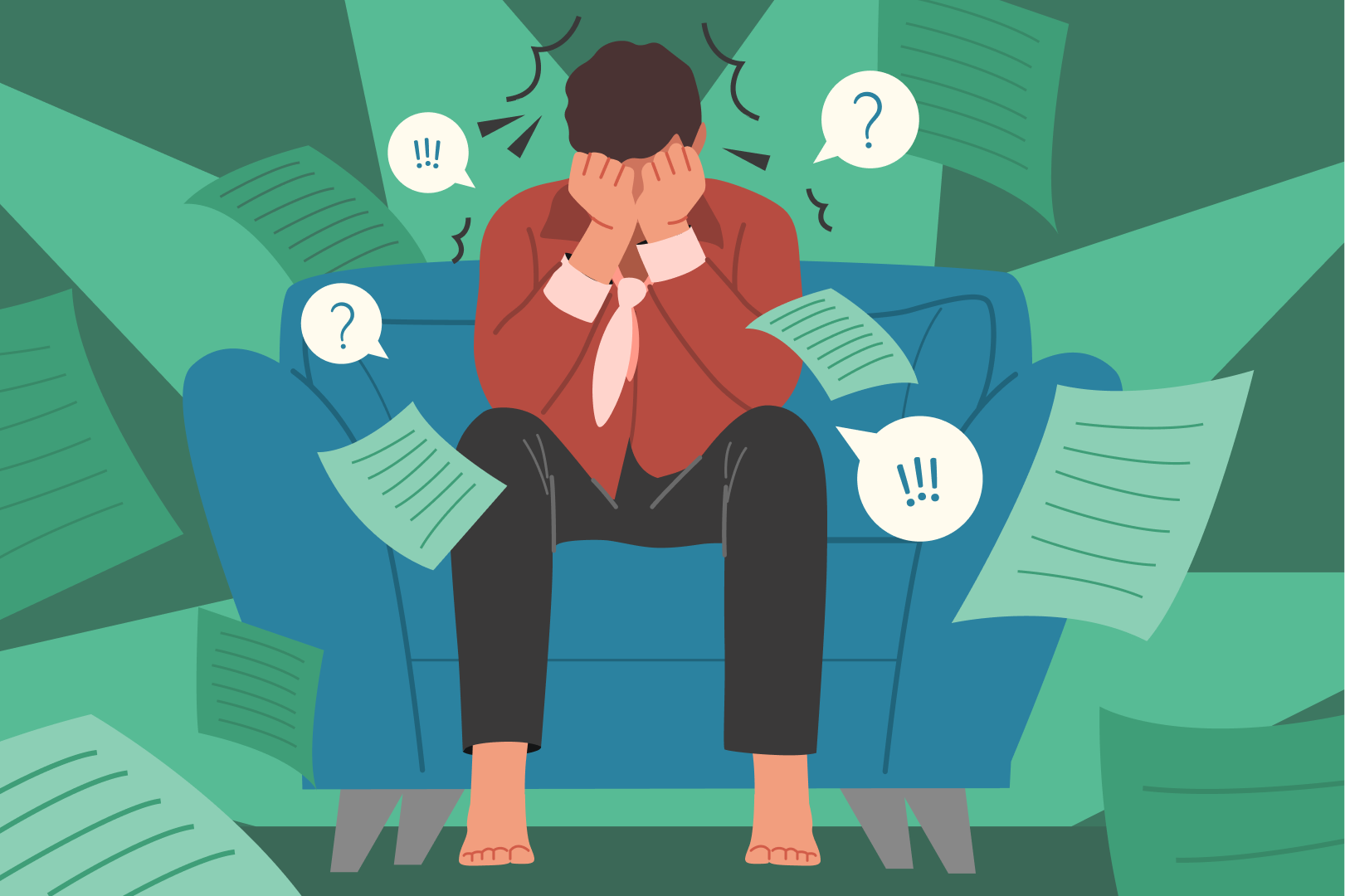Problem-solving is an important life skill for teenagers to learn. You can help your child develop this skill by using problem-solving at home.
Everybody needs to solve problems every day. But we’re not born with the skills we need to do this – we have to develop them.
When solving problems, it’s good to be able to:
- listen and think calmly
- consider options and respect other people’s opinions and needs
- find constructive solutions, and sometimes work towards compromises.
These are skills for life – they’re highly valued in both social and work situations.
Problem-solving: six steps
Often you can solve problems by talking and compromising.
The following six steps for problem-solving are useful when you can’t find a solution. You can use them to work on most problems – both yours and your child’s.
If you show your child how these work at home, he’s more likely to use them with his own problems or conflicts with others. You can use the steps when you have to sort out a conflict between people, and when your child has a problem involving a difficult choice or decision.
The process step by step.
1. Identify the problem
The first step in problem-solving is working out exactly what the problem is. This helps make sure you and your child understand the problem in the same way. Then put it into words that make it solvable. For example:
- ‘I noticed that the last two Saturdays when you went out, you didn’t call us to let us know where you were.’
- ‘You’ve been using other people’s things a lot without asking first.’
- ‘You’ve been invited to two birthday parties on the same day and you want to go to both.’
- ‘You have two big assignments due next Wednesday.’
Focus on the issue, not on the emotion or the person. For example, try to avoid saying things like, ‘Why don’t you remember to call when you’re late? Don’t you care enough to let me know?’ Your child could feel attacked and get defensive, or feel frustrated because she doesn’t know how to fix the problem.
You can also head off defensiveness in your child by being reassuring. Perhaps say something like, ‘It’s important that you go out with your friends. We just need to find a way for you to go out and for us to feel you’re safe. I know we’ll be able to sort it out together’.
2. Think about why it’s a problem
Help your child describe what’s causing the problem and where it’s coming from. It might help to consider the answers to questions like these:
- Why is this so important to you?
- Why do you need this?
- What do you think might happen?
- What’s the worst thing that could happen?
- What’s upsetting you?
Try to listen without arguing or debating – this is your chance to really hear what’s going on with your child. Encourage him to use statements like ‘I need … I want … I feel …’, and try using these phrases yourself. Be open about the reasons for your concerns, and try to keep blame out of this step.
3. Brainstorm possible solutions to the problem
Make a list of all the possible ways you could solve the problem. You’re looking for a range of possibilities, both sensible and not so sensible. Try to avoid judging or debating these yet.
If your child has trouble coming up with solutions, start her off with some suggestions of your own. You could set the tone by making a crazy suggestion first – funny or extreme solutions can end up sparking more helpful options. Try to come up with at least five possible solutions together.
Write down all the possibilities.
4. Evaluate the solutions to the problem
Look at the solutions in turn, talking about the positives and negatives of each one. Consider the pros before the cons – this way, no-one will feel that their suggestions are being criticised.
After making a list of the pros and cons, cross off the options where the negatives clearly outweigh the positives. Now rate each solution from 0 (not good) to 10 (very good). This will help you sort out the most promising solutions.
The solution you choose should be one that you can put into practice and that will solve the problem.
If you haven’t been able to find one that looks promising, go back to step 3 and look for some different solutions. It might help to talk to other people, like other family members, to get a fresh range of ideas.
Sometimes you might not be able to find a solution that makes you both happy. But by compromising, you should be able to find a solution you can both live with.
5. Put the solution into action
Once you’ve agreed on a solution, plan exactly how it will work. It can help to do this in writing, and to include the following points:
- Who will do what?
- When will they do it?
- What’s needed to put the solution into action?
You could also talk about when you’ll meet again to look at how the solution is working.
Your child might need some role-playing or coaching to feel confident with his solution. For example, if he’s going to try to resolve a fight with a friend, he might find it helpful to practise what he’s going to say with you.
6. Evaluate the outcome of your problem-solving process
Once your child has put the plan into action, you need to check how it went and help her to go through the process again if she needs to.
Remember that you’ll need to give the solution time to work, and note that not all solutions will work. Sometimes you’ll need to try more than one solution. Part of effective problem-solving is being able to adapt when things don’t go as well as expected.
Ask your child the following questions:
- What has worked well?
- What hasn’t worked so well?
- What could you or we do differently to make the solution work more smoothly?
If the solution hasn’t worked, go back to step 1 of this problem-solving process and start again. Perhaps the problem wasn’t what you thought it was, or the solutions weren’t quite right.
When conflict is the problem
During adolescence, you might clash with your child more often than you did in the past. You might disagree about a range of issues, especially your child’s need to develop independence.
It can be hard to let go of your authority and let your child have more say in decision-making. But she needs to do this as part of her journey towards being a responsible young adult. You can use the same problem-solving steps to handle conflict.When you use these steps for conflict, it can reduce the likelihood of future conflict.








